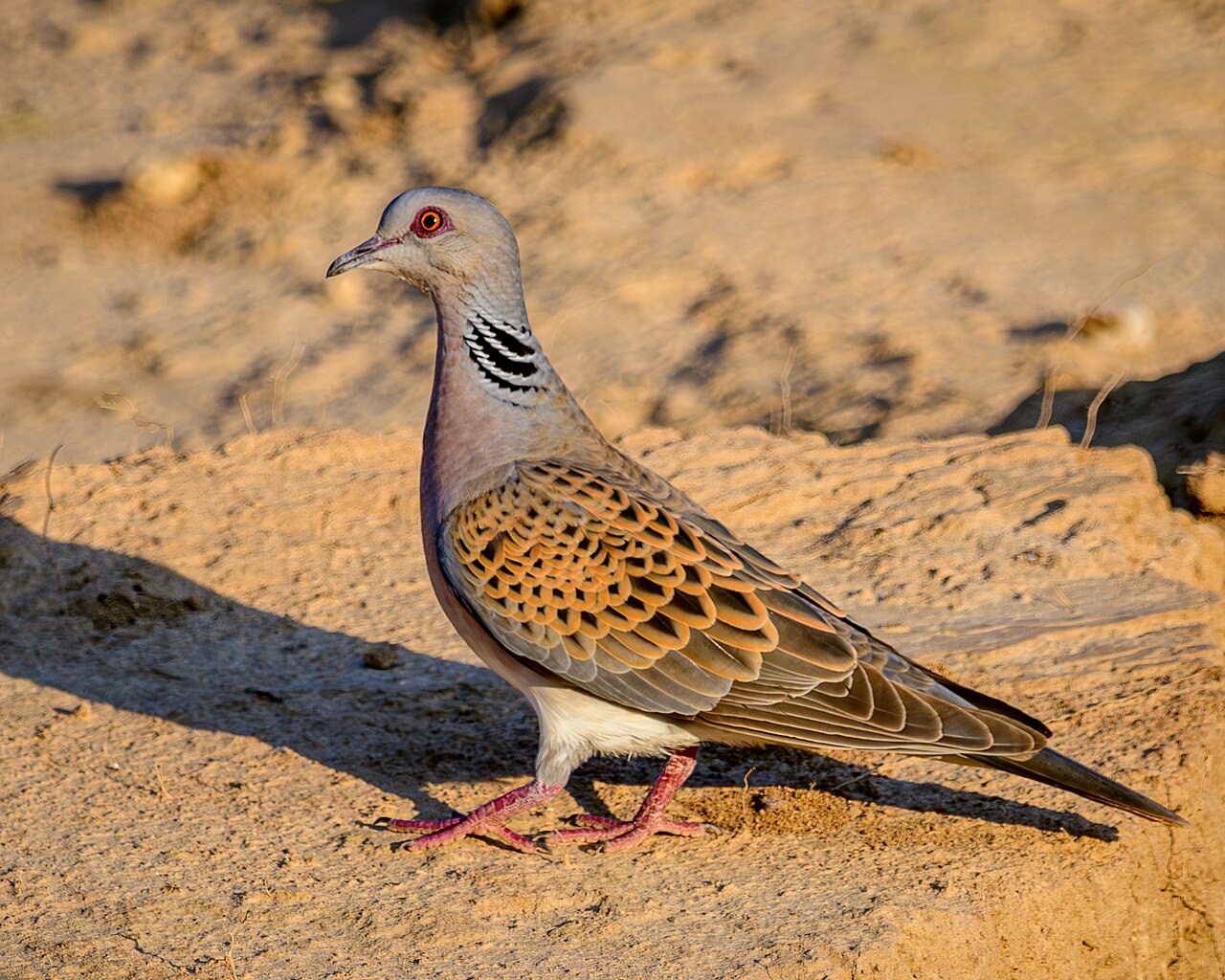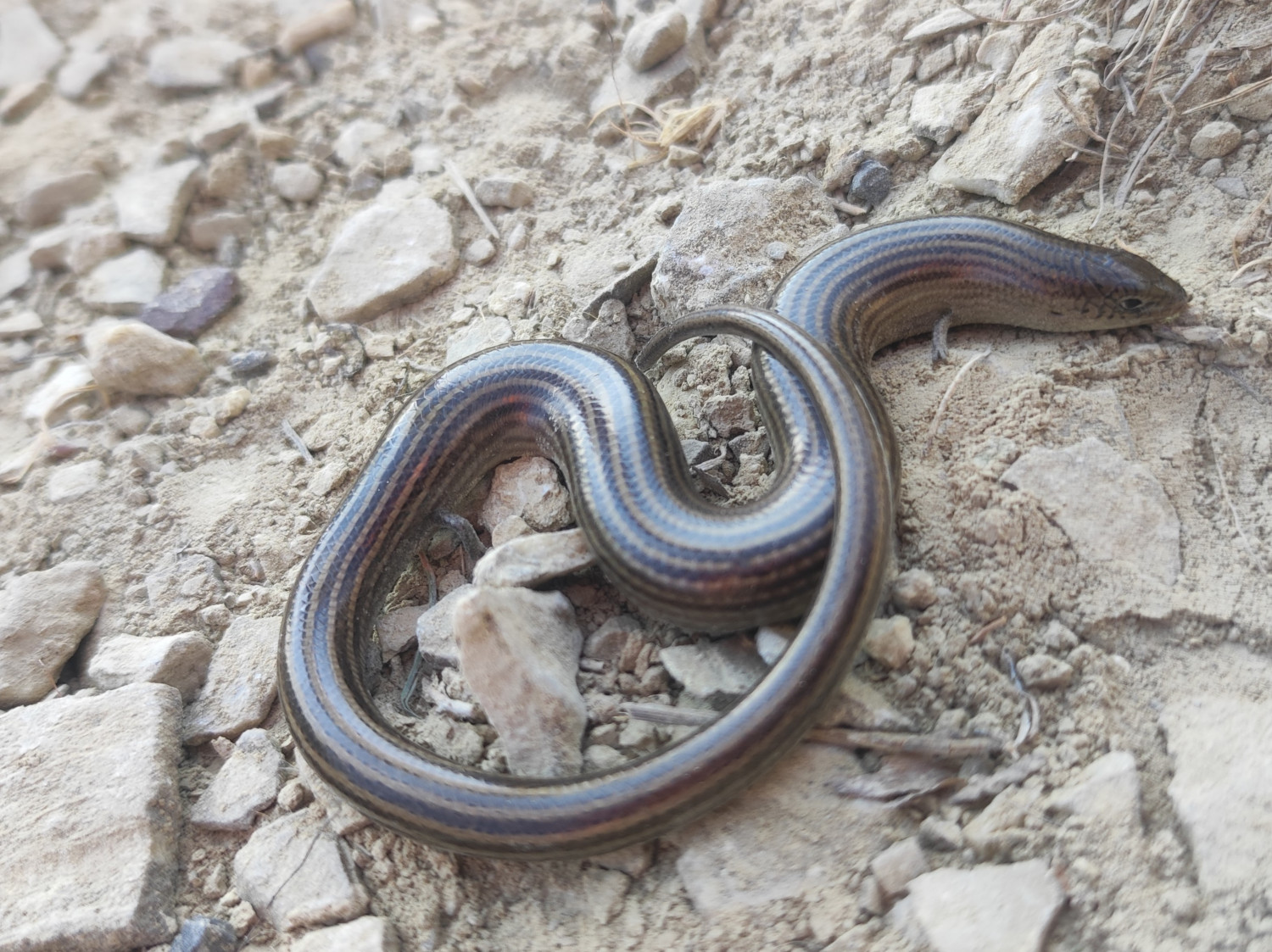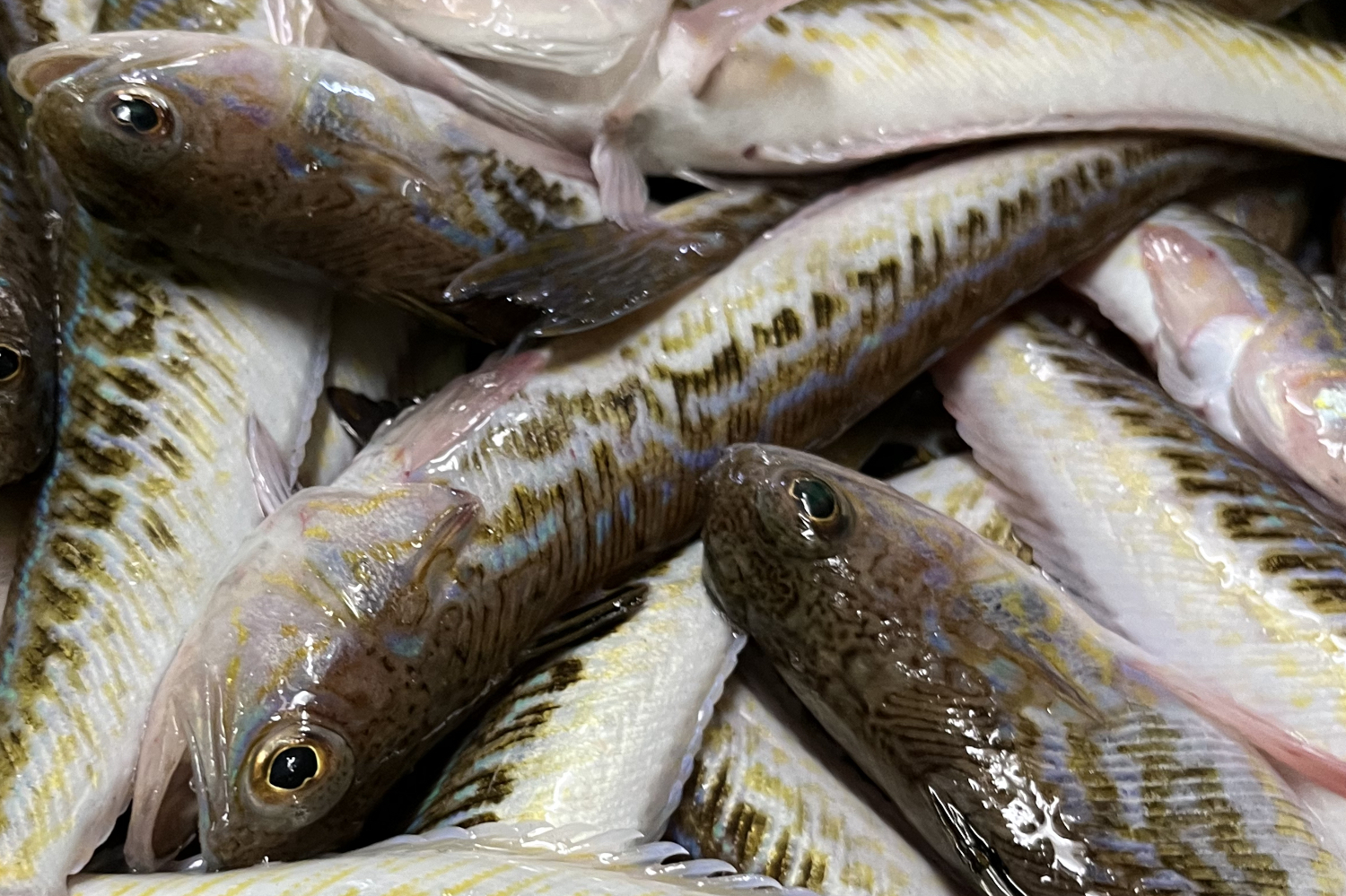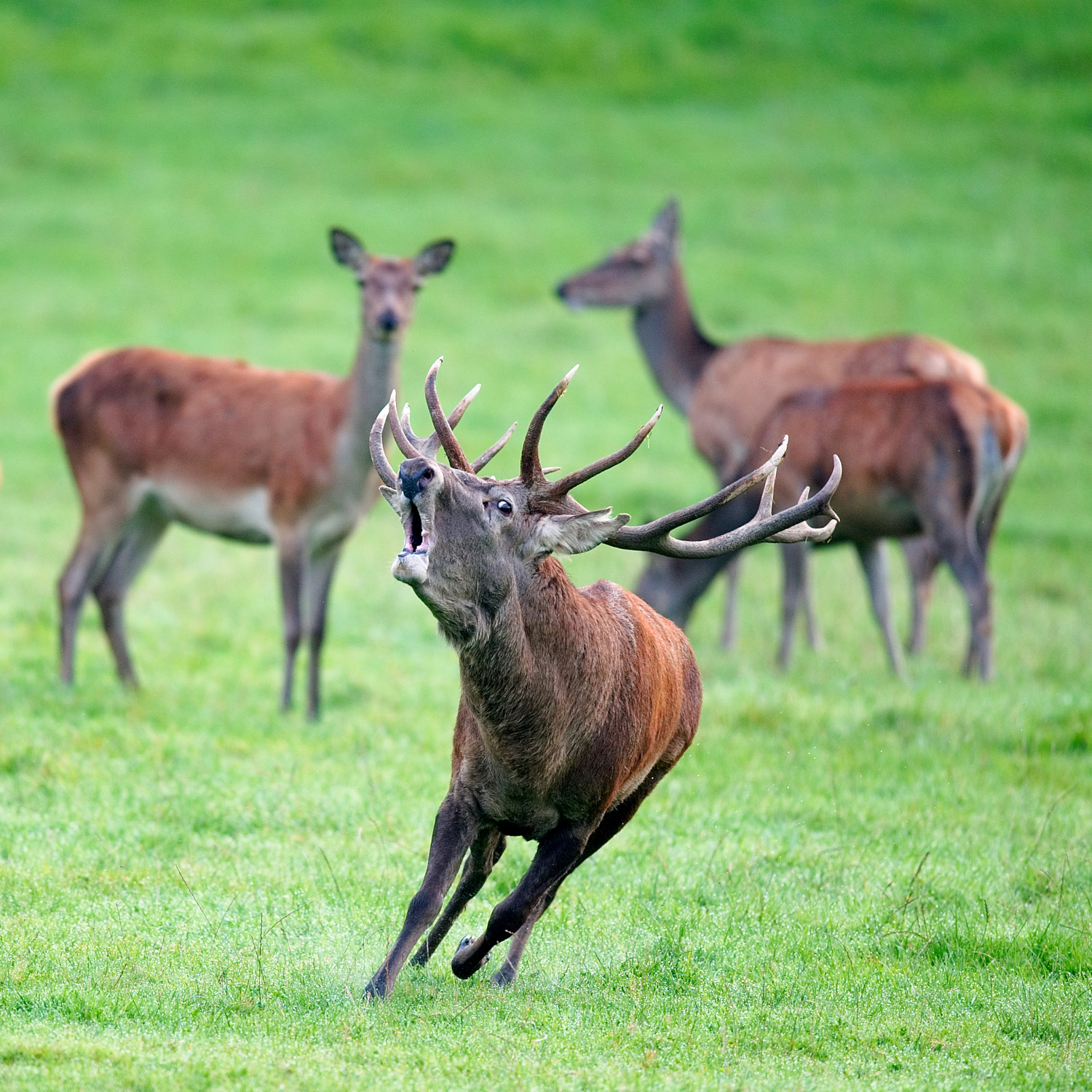Woodworking canvas
- He has walked through the forest and there has been a powerful ‘krrukrru-krru’. Look at both sides... Who will it be? Black pigeon flying. It's not a small bird and its color is black, like crows. The size and color of these two birds is similar, so it may be known in the Barranca as an award. But the black pigeon, unlike the crow, has a fairly straight flight. Their white peak has a gray tip, and males have a red cap, while females only have red feathers on their neck.

Black peak (Dryocopus martius)
Group: Vertebrate / Ave.
Size: Moco-cola 40-46 cm. South length 67-73 cm.
Where does he live? In mature forests.
What do you eat? Saproxylic insects, ants, sweating fruits and trees.
Level of protection: It is strictly protected in Europe.
This species has a great ability to move through the trunk thanks to two characteristics: X shaped special claws and hard tail made of tripod. They're able to make holes in the wood to look for worms and bugs that are found in the lower layers. This ability to drill the trunk is held by most members of the bird family. But the black pigeon, being the biggest of all, is very skilled at chopping the logs. In the forest, we can hear the sound of birds when we pierce the trunk. The meat can hit with its peak 12,000 blows a day on the trunk, wow! And all this without prejudice, of course. But how is it possible to hit the wood with its head and finish well? The leaders of all members of the bird family have a shock protection system. On the one hand, besides an acute peak, the lower part is longer than the upper one, so the impact energy is concentrated in the lower part, moving away from the skull. In addition, they have little free space in the skull, so the brain doesn't move much when it hits. On the other hand, they have fluffy, air-filled bones so that when an impact occurs it will deform rather than break. And finally, his tongue protects the elastic bones of the skull from vibration.
But how can the tongue protect the skull? Well, look, the tongue of birds is special: it's very long, and unlike other birds, they can take several centimeters out. And where does he keep such a long language? Even if it sounds like a lie, it begins with the holes in the nose, passes between the eyes, goes to the back of the skull and then underneath to the mouth. That is to say, the tongue is wrapped in the skull and thanks to it the tongue acts as a cushion of the skull, protecting it, when the meat hits the trunk. But this language is not the only function: it can reach the bugs that hide in the deeper areas of the slits on the trunk. Besides its narrow tongue, it has a kind of thorns that allow it to better catch insects and bring to the surface. In addition, it has adhesive saliva so that the bugs in the trunk slits stick to it.
The black peak is usually of Atlantic hayedos and mixed forests, although it can also adapt to other types of forests or plantations such as pine Monterrei. Forests must be adults, because dead wood is what this species needs. When a branch of the tree dies, part of the trunk or the whole tree and the fungi soften the wood, it fills with saproxylic insects. Saproxylic insects are insects that need dead wood to carry out their life cycle, preferred by the black pigeon. It also eats ants, fruits, and tree sweating.
The main risks of this species are hunting, food shortages due to pesticides and logging that removes old trees. Dead wood is in the forest thanks to old trees. This dead wood is a huge biodiversity, as the holes in it are a refuge or nest for many animal species. And on the other hand, because they guarantee the presence of these saproxylic insects and, consequently, the species that feed on them, such as the black peak.





















